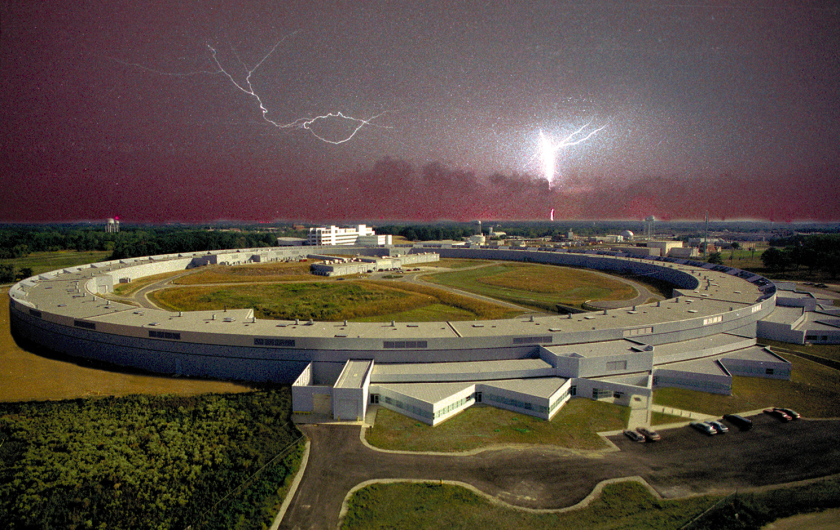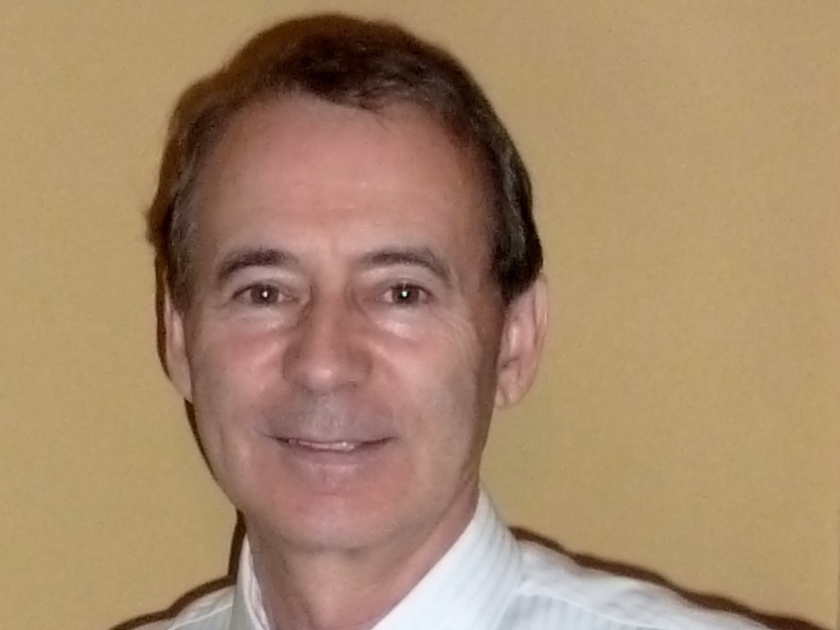D-Lecture: A Light and a Beam

The Advanced Photon Source facility illuminated by lightning. ( © Argonne National Laboratory

Alexander Zholents is the Director of the Accelerator Systems Division at Argonne National Laboratory.
Dr. Alexander Zholents from Argonne National Laboratory will present on 18th December 2014 his thoughts on "A Light and a Beam: a Theme with Variations". The presentation will be given at the lecture hall of the Wilhem-Conrad-Röntgen-Campus of HZB at 2 pm. After the presentation, we invite you to “Glühwein” and informal discussion.
What: D-Lecture
When: 14:00, 18. december 2014
Where: BESSYII, Lecture Hall
In his Distinguished Lecture, Aexander Zholents will discuss various techniques for making better beams of charged particles and beams better matched to applications. His examples will include the optical stochastic cooling, formation of the electron bunches for free-electron lasers, generation of x-rays pulses suitable for four-wave mixing experiments, laser-assisted electron beam conditioning for free-electron lasers, beam conditioning in storage rings for generation of picosecond x-ray pulses and more. Alexander Zholents is the Director of the Accelerator Systems Division at Argonne National Laboratory. His research interests are focused on design, construction, commissioning and operations of synchrotron radiation sources and x-ray free-electron lasers.
We are happy to inform you that we will provide you with a shuttle from Wannsee to Adlershof and return. If you like to use this shuttle for one-way, return or both, then please send an e-mail to jennifer.bierbaum@helmholtz-berlin.de. The shuttle from Wannsee will leave at 1 pm and return at 4 pm (sharp).
red.
https://www.helmholtz-berlin.de/pubbin/news_seite?nid=14108;sprache=en
- Copy link
-
Synchrotron radiation sources: toolboxes for quantum technologies
Synchrotron radiation sources generate highly brilliant light pulses, ranging from infrared to hard X-rays, which can be used to gain deep insights into complex materials. An international team has now published an overview on synchrotron methods for the further development of quantum materials and technologies in the journal Advanced Functional Materials: Using concrete examples, they show how these unique tools can help to unlock the potential of quantum technologies such as quantum computing, overcome production barriers and pave the way for future breakthroughs.
-
Peat as a sustainable precursor for fuel cell catalyst materials
Iron-nitrogen-carbon catalysts have the potential to replace the more expensive platinum catalysts currently used in fuel cells. This is shown by a study conducted by researchers from the Helmholtz-Zentrum Berlin (HZB), Physikalisch-Technische Bundesanstalt (PTB) and universities in Tartu and Tallinn, Estonia. At BESSY II, the team observed the formation of complex microstructures within various samples. They then analysed which structural parameters were particularly important for fostering the preferred electrochemical reactions. The raw material for such catalysts is well decomposed peat.
-
Helmholtz Investigator Group on magnons
Dr Hebatalla Elnaggar is setting up a new Helmholtz Investigator Group at HZB. At BESSY II, the materials scientist will investigate so-called magnons in magnetic perovskite thin films. The aim is to lay the foundations for future terahertz magnon technology: magnonic devices operating in the terahertz range could process data using a fraction of the energy required by the most advanced semiconductor devices, and at speeds up to a thousand times faster.
